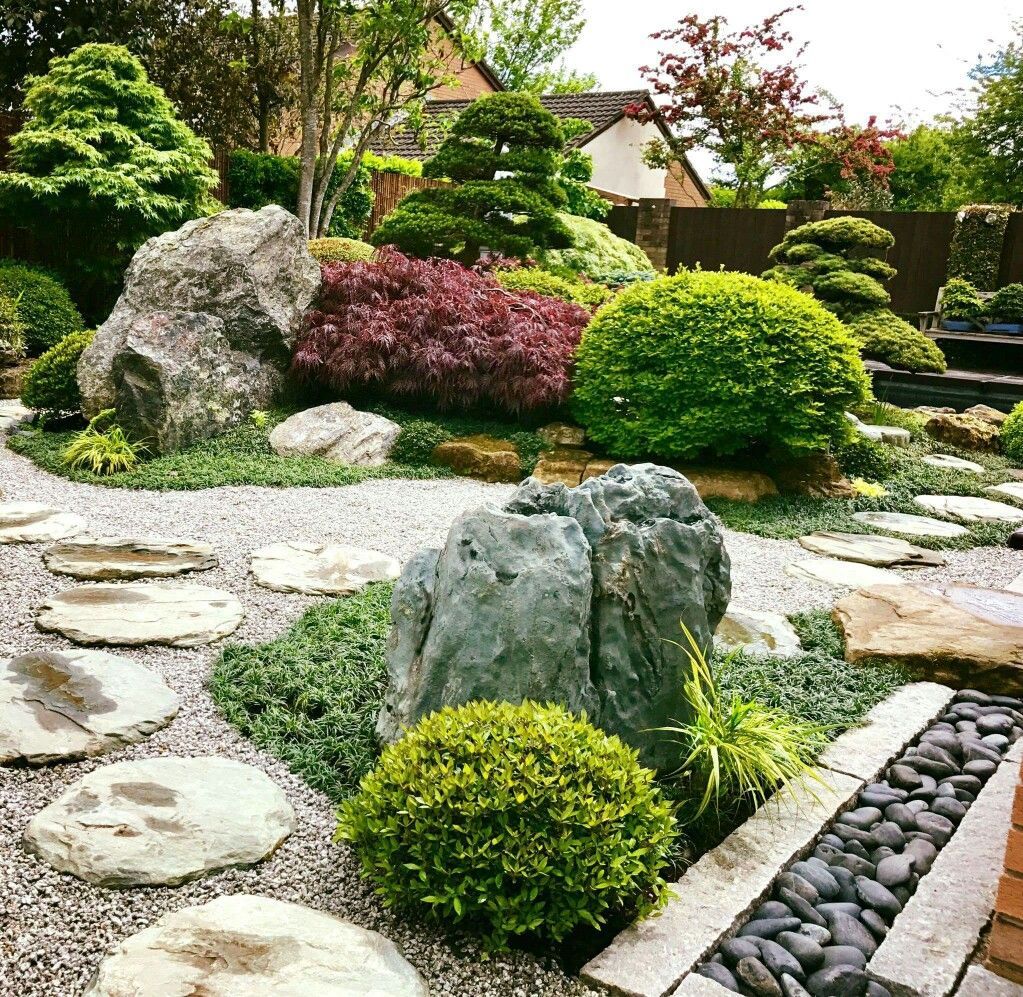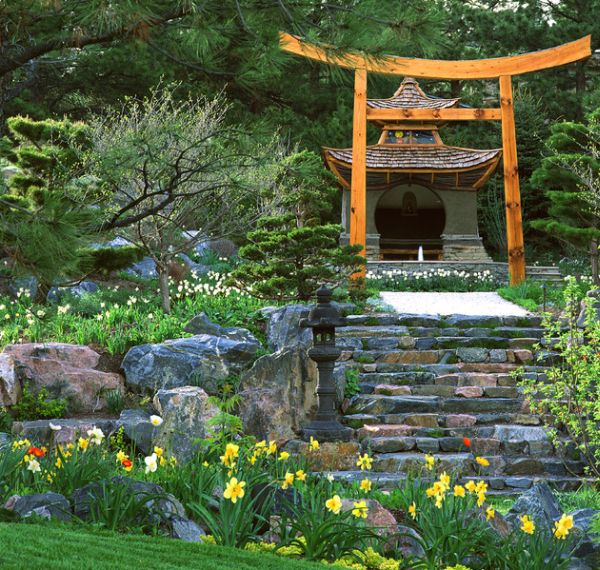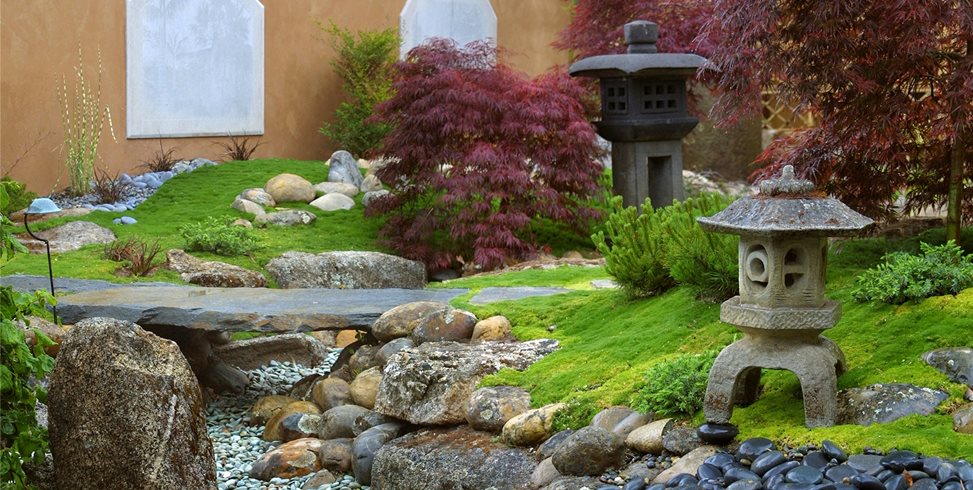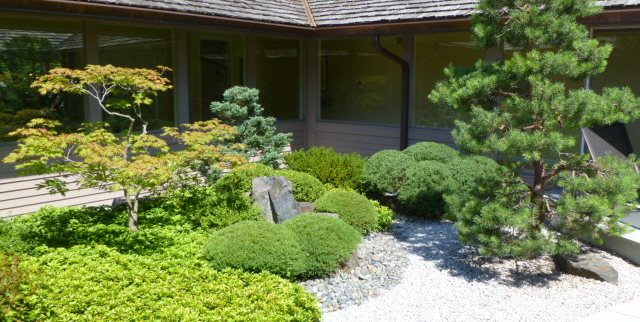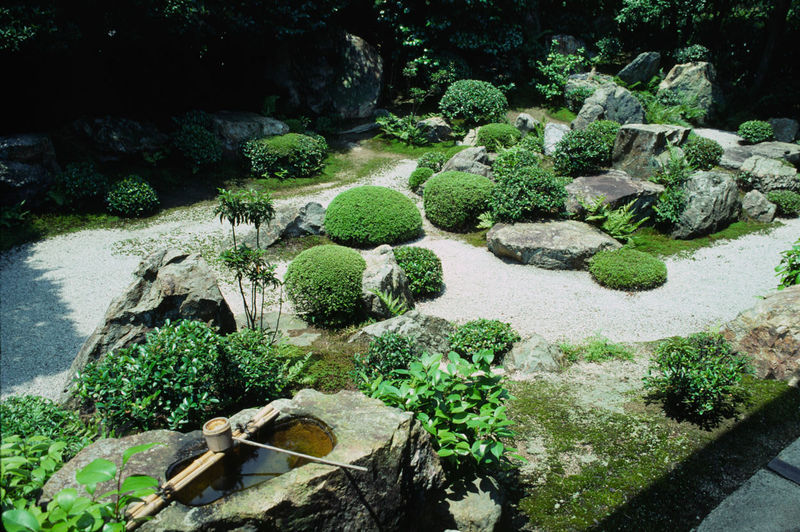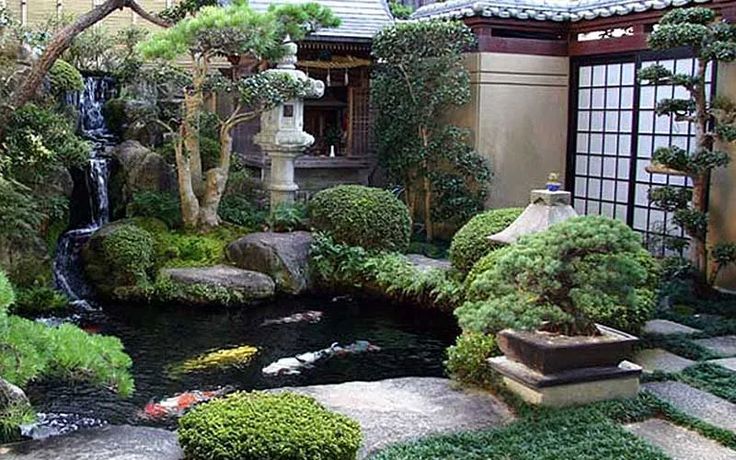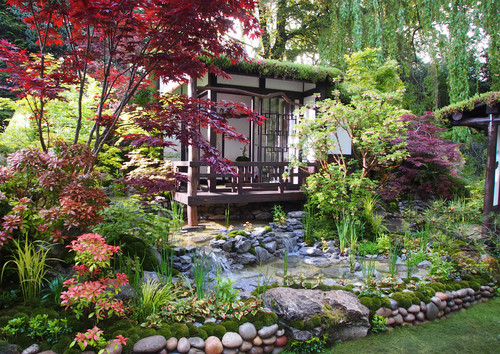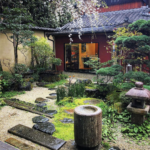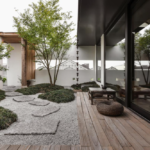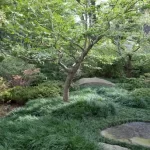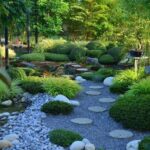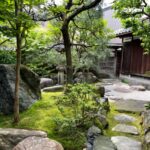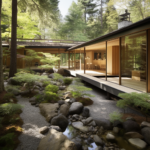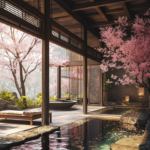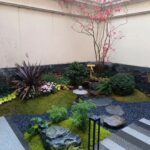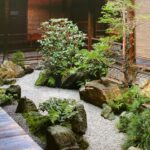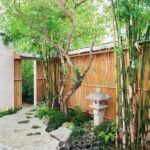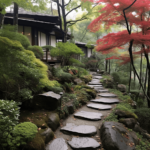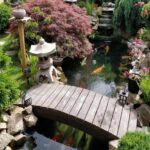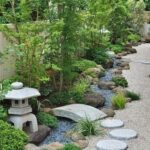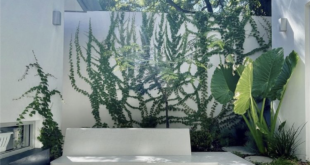When it comes to backyard design, Japan is known for its beautifully landscaped gardens that seamlessly blend nature and architecture. Japanese gardens are designed to create a sense of tranquility and harmony, often incorporating elements such as water features, carefully placed stones, and lush greenery.
One of the key principles of Japanese backyard design is the concept of “wabi-sabi,” which emphasizes the beauty of imperfection and impermanence. This philosophy is reflected in the use of natural materials like wood and stone, as well as in the careful selection of plants that change with the seasons.
Japanese gardens also often feature distinct elements such as lanterns, bridges, and stepping stones, which are strategically placed to create a sense of balance and flow. Water is another important feature in Japanese backyard design, with ponds, streams, and waterfalls commonly incorporated to add a sense of serenity to the space.
In terms of plants, Japanese gardens typically include a mix of evergreen trees, shrubs, and moss, as well as flowering plants like cherry blossoms, azaleas, and camellias. These plants are carefully chosen for their aesthetic qualities and their ability to create a sense of harmony and balance in the garden.
In addition to the natural elements in Japanese backyard design, architecture also plays a key role. Traditional Japanese homes often feature sliding doors and tatami mats that seamlessly connect the indoor and outdoor spaces, blurring the lines between the two.
Overall, Japanese backyard design is all about creating a sense of peace and tranquility in the outdoor space. By carefully selecting plants, incorporating water features, and following the principles of wabi-sabi, homeowners can create a backyard that is not only beautiful to look at, but also a peaceful retreat from the hustle and bustle of everyday life.
 innstyled backyard design ideas
innstyled backyard design ideas
